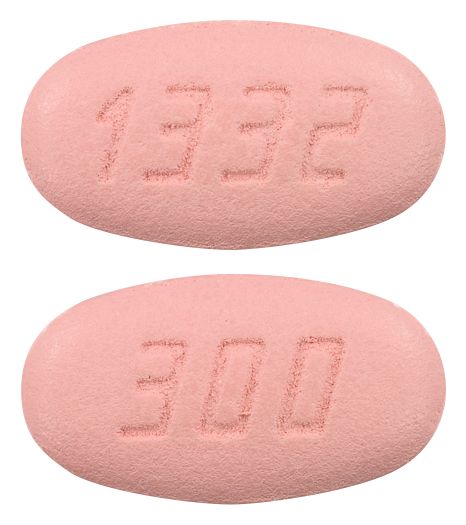Plavix TM
Listen to the Pronunciation:
You should seek medical advice in relation to medicines and use only as directed by a healthcare professional. Always read the label. If symptoms persist see your healthcare professional.
Active ingredients: clopidogrel
Pack: Plavix 300 mg tablet, 30, blister pack
Brand name
(ARTG)
: PLAVIX clopidogrel (as hydrogen sulfate) 300 mg tablet blister packConsumer Medicine Information (CMI)
Read the CMI leaflet for facts you need to know before, during and after taking your medicine.
Listen to the audio transcription of the CMI leaflet.
For more information about CMIs and how to read them, please visit How to read Consumer Medicine Information (CMI).
What this medicine is used for
(ARTG)
Prevention of vascular ischaemia associated with atherothrombotic events (myocardial infarction, stroke and vascular death) in patients with a history of symptomatic atherosclerotic disease. Acute coronary syndrome. Plavix is indicated in combination with aspirin for patients with: Unstable angina or non-ST-elevation myocardial infarction in order to prevent early and long-term atherothrombotic events (myocardial infarction, stroke, vascular death or refractory ischaemia). Plavix is indicated for the treatment of acute coronary syndrome whether or not patients undergo cardiac revascularisation (surgical or PCI, with or without stent). ST-segment elevation acute myocardial infarction in order to prevent atherothrombotic events. In this population, Plavix has been shown to reduce the rate of death from any cause and the rate of a combined endpoint of death, re-infarction or stroke in medically treated patients eligible for thrombolytic therapy.
How to use this medicine
(ARTG)
This medicine contains one component only.
Component :
- Tablet, film coated
- Oral
- Pink, oblong, engraved with "300" on one side and "1332" on the reverse
Images


Images © Medicines Information Pty Ltd.
Storage conditions
(ARTG)
- Store below 25 degrees Celsius
- Shelf lifetime is 2 Years.
Do I need a prescription ?
(ARTG)
These medicine packs are available from a pharmacist and requires a prescription. It is
- 28 Tablets pack
Pregnant or planning a pregnancy ?
(AHT)
For the active ingredient clopidogrel
You should seek advice from your doctor or pharmacist about taking this medicine. They can help you balance the risks and the benefits of this medicine during pregnancy.
Reporting side effects
You can help ensure medicines are safe by reporting the side effects you experience.
You can report side effects to your doctor, or directly at www.tga.gov.au/reporting-problems









